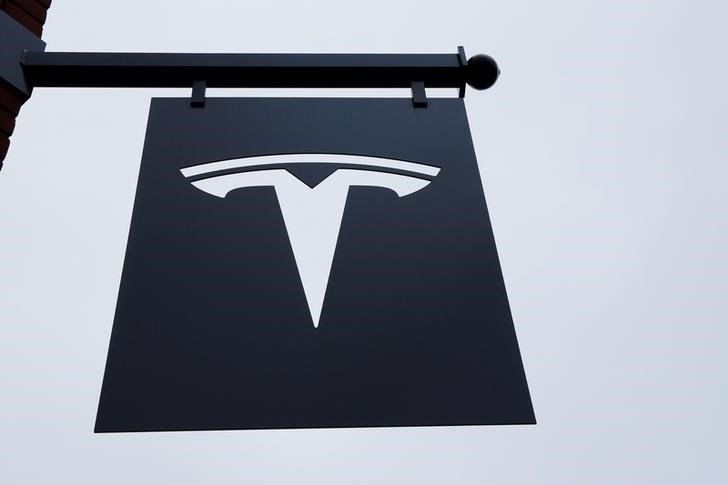
© Reuters. Tesla (TSLA) Bernstein Expects EV Battery Demand to Rise; Will IRA Budget be Enough?
By Michael Elkins
When U.S. President Joe Biden signed the Inflation Reduction Act (IRA) into law in August, he called it “an historic step to fight inflation, lower costs, and create jobs that corporations can’t ship overseas.” The law was designed to do several things, not least of which was to combat climate change through clean energy and electric vehicle (EV) tax incentives.
Under the new law, battery manufacturers in the US could receive up to $45/kWh per battery produced from the Advanced Manufacturing Production Credit (AMPC). The IRA will also provide an EV subsidy under the CVC of up to $7,500 per EV subject to the vehicles meeting requirements on 1) critical minerals ($3,750), and 2) battery components ($3,750).
Now, many automotive companies making the transition to electric vehicles are looking for a new supply of U.S.-made EV batteries. A Bernstein analyst expects US EV battery demand to rise from 36GWh in 2021 to 839GWh by 2030 to reach 50% xEV sales penetration by 2030.
However, he believes that the current IRA budget may not be enough. According to a note by the analyst, “Assuming a $45/kWh AMPC for the manufacturing of battery cells and module starting in 2023 and phased out by the end of 2032, we estimate total credits for the battery manufacturers could amount to nearly $100bn. Either US will have to raise its budget for the AMPC or batteries produced beyond 2027 may not receive any credits which would lower US competitiveness. For CVC, a budget of $7.5bn implies subsidies for 1M EVs ($7500 per vehicle) which is only 7% of annual US PV sales of 15M units.”


Be the first to comment